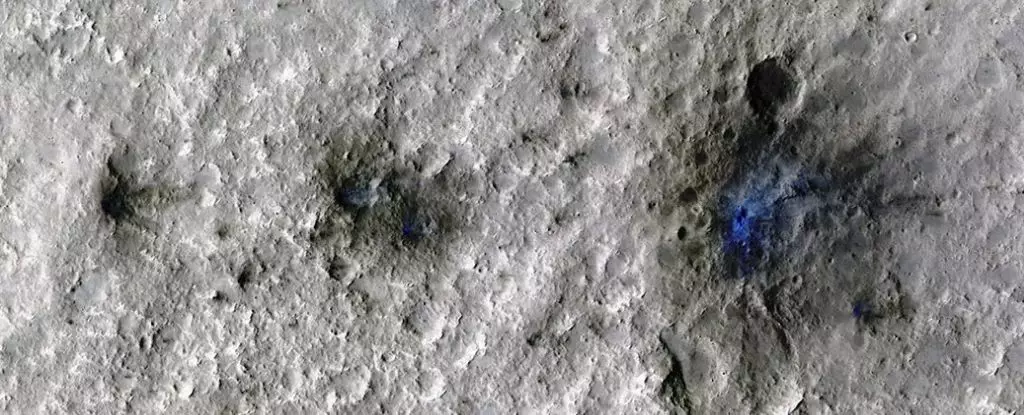The latest analysis of data collected by the Mars InSight lander has shown that the red planet is bombarded by meteorites more frequently than previously thought. According to researchers, Mars experiences nearly daily impacts from rocks the size of a basketball hitting its surface, a rate that is significantly higher than earlier estimates based on orbital imagery alone. The seismometer on Mars InSight has detected numerous impact-related tremors, providing valuable insights into the planet’s geological history.
Mars InSight mission, which monitored the Martian interior for four years, has revolutionized our understanding of the planet. The mission not only uncovered tectonic and magmatic activities previously unknown but also shed light on the internal composition of Mars. Furthermore, the detection of impacts on the Martian crust has offered scientists a new way to estimate the rate of impacts, thereby helping to calibrate our knowledge of the planet’s geological past. By studying the frequency of crater formation, researchers can determine the age of Martian surfaces, providing valuable clues about the planet’s evolution over time.
While thousands of meteors fall to Earth each year, most disintegrate in the atmosphere, away from human observation. In contrast, Mars, with its thin atmosphere, is vulnerable to impacts from space rocks, which can hit the surface almost unimpeded. The proximity of Mars to the asteroid belt further increases the likelihood of frequent impacts. Previous estimates of Martian impact rates relied on satellite imagery, but the Mars InSight mission has now provided more accurate data through seismological measurements, allowing for a better assessment of the frequency of impacts on the red planet.
The study’s findings, which indicate that Mars experiences hundreds of impacts that create significant craters each year, have not only enhanced our knowledge of the planet’s geological processes but also have practical implications for future human missions to Mars. Understanding the frequency of impacts is crucial for ensuring the safety of astronauts and spacecraft landing on Mars. The data obtained from the Mars InSight mission will serve as a valuable resource for planning and preparing for future missions to explore the red planet.
The recent study on Martian impact rates highlights the importance of seismological data in understanding the geological history of Mars. By combining orbital imagery with ground-based measurements, researchers have been able to provide a more accurate assessment of the planet’s vulnerability to space rocks. As we continue to unravel the mysteries of Mars, studies like these will play a crucial role in shaping our understanding of the planet and preparing for future exploration missions.


Leave a Reply